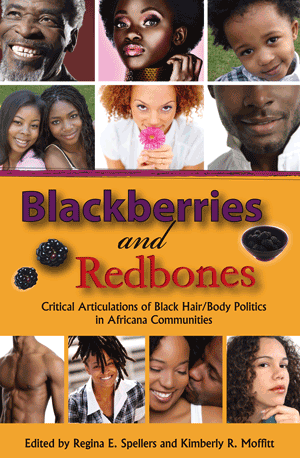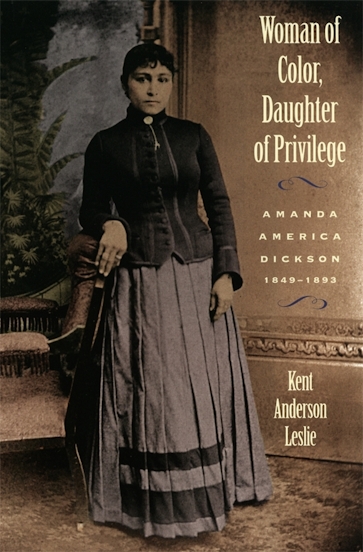Black Female Agency and Sexual Exploitation: Quadroon Balls and Plaçage Relationships
Ohio State University
May 2008
81 Pages
Noël Voltz
The Ohio State University
A Senior Honors Thesis Presented in Partial Fulfillment of the Requirements for graduation with research distinction in the undergraduate colleges of The Ohio State University
In 1805, a New Orleans newspaper advertisement formally defined a new social institution, the infamous Quadroon Ball, in which prostitution and plaçage–a system of concubinage–converged. These elegant balls, limited to upper-class white men and free “quadroon” women, became interracial rendezvous that provided evening entertainment and the possibility of forming sexual liaisons in exchange for financial “sponsorship.” It is the contention of this thesis such “sponsored” relationships between white men and free women of color in New Orleans enabled these women to use sex as a means of gaining social standing, protection, and money. In addition, although these arrangements reflected a form of sexual exploitation, quadroon women were able to become active agents in their quest for upward social mobility.
Until recently, historians have overlooked the lives of Louisiana’s free women of color during the colonial and antebellum eras. My research, therefore, expands historical knowledge about the unique social institution of Quadroon Balls and plaçage relationships in order to give greater breadth to scholarly understandings of quadroon women’s sexual and economic choices. This research formally began in summer 2006, during my participation in the Summer Research Opportunities Program (SROP) at the Ohio State University. Through this experience, I was able to begin analyzing the institution of Quadroon Balls and I have discovered the immense possibilities of this topic. While there are many directions that this research can take, I have decided to focus my undergraduate research and honors thesis on the history of the balls and quadroon women’s agency in antebellum New Orleans. In order to research these concepts, I have utilized a combination of primary sources and secondary sources written about women of color. In winter 2006, I was awarded an Undergraduate Research Scholarship and, with this money, I visited New Orleans and Baton Rouge to conduct archival research. My most recent trip to New Orleans and Baton Rouge has augmented my understanding of the topic by providing a large quantity of primary source materials, including court cases and other legal documents, as well as affording me an opportunity to experience archival research first hand in the actual historical environment in which the balls took place. Ultimately, I plan to continue my current research as my dissertation topic.
Table of Contents
Acknowledgments
Abstract
“The Quadroon Ballroom” Poem by Rixford J. Lincoln
Introduction and Historiographic Review
Chapter 1. A Historical Background of New Orleans’ Free Women of Color
Chapter 2. Plaçage Relationships
Chapter 3. Quadroon Balls
Chapter 4. Case Study: Five Generations of Women
Conclusion
Appendix
Bibliography
Read the entire paper here.


